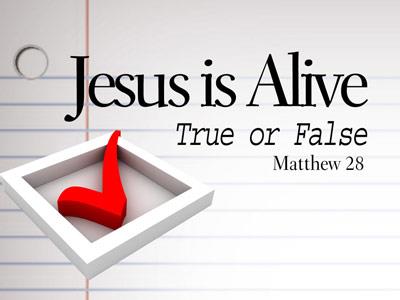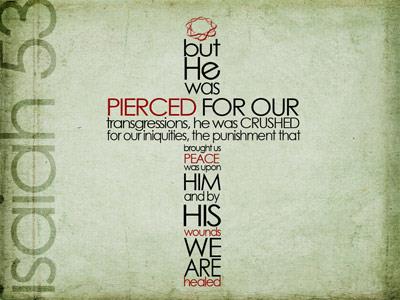-
Baptized To Live A Life Of Faith
Contributed by Ronald Harbaugh on Nov 28, 2017 (message contributor)
Summary: A sermon for the 4th Sunday of Lent, Series A
4th Sunday in Lent, March 2, 2008 “Series A”
Grace be unto you and peace, from God our Father and from our Lord, Jesus Christ. Amen.
Let us pray: Dear Heavenly Father, you sent your Son into our world to reveal to us your grace and truth, and to restore us to a right relationship with you. Through the power of your Holy Spirit, open the eyes of our heats to embrace anew the hope of our baptism, that we might live our lives in the light of your saving grace. Increase our faith, that we might truly worship you with trust and conviction. This we ask in Christ’s holy name. Amen.
It appears that in the early years of the Christian Church, this 9th chapter of John’s Gospel was read as the chosen text for baptism, or adding new members to the congregation. As Raymond E. Brown points out in his two-volume commentary on John’s Gospel, “The story of the man born blind appears seven times in early catacomb art, most frequently as an illustration of Christian Baptism. [The catacombs, you may recall, were a maze of underground tunnels in Rome, where Christians in the first two centuries hid from their persecutors.] Thus, there is no doubt that the Church found a baptismal lesson in the healing of the blind man…
Although Jesus’ gestures are described, [that of anointing the blind man’s eyes with mud made of spittle] it is emphasized that the man was healed only when he washed in the pool of Siloam. Thus… the story illustrates the healing power of water. The Gospel pauses to interpret the name of the pool where this healing water was obtained, and the explanation that the name means ‘one who has been sent’ clearly associates the water with Jesus.” End quote. [The Anchor Bible, Doubleday, 1966]
Brown then goes on to cite two famous early Christian writers. Tertullian, seemed to have this passage in mind when he opened his teaching on baptism with the words: “Our sacrament of water which washes away the sins of our original blindness, sets us free unto eternal life.” And later, Augustine exclaims: “This blind man stands for the human race… If the blindness is infidelity, then the illumination is faith… He washes in the pool called Siloam, which is interpreted ‘one who has been sent’: [that is] he was baptized in Christ.”
In John’s Gospel, the miracles of Jesus, whether he healed a man of his paralysis, or opened the eyes of a man born blind, were not simple acts of mercy. Throughout John’s Gospel, the miracles that Jesus performs are referred to as signs, signs that point us to embrace the fact that Jesus is the Son of God. In fact, that is the stated purpose of his Gospel, in his own words, as he concludes: “Now Jesus did many other signs in the presence of his disciples, which are not written in this book. But these are written, so that you may come to believe that Jesus is the Messiah, the Son of God, and that through believing, you may have life in his name.”
Thus, according to John, Jesus didn’t perform miracles just in sympathy with human need, or to show off his miraculous power, but rather, he did them with the intent of leading people to come to a deep and abiding faith, not only in him as the Christ, but in the grace of God for their redemption.
As John T. Rotto points out in his commentary on our text, “For the early Christians, this particular miracle spoke to them of the Savior who had led them from the blindness of unbelief and sin to the illumined eyesight and the new life of faith! This miracle spoke to them of the Christ, whose sole purpose in coming to live and to dies and to rise again was to light up their lives, and the life of the whole world!
They looked at their Baptism as the leaving behind of blindness and darkness to step daily into the glorious Light of God. IN other words, these early Christians realized that the very fact that they were Christians and had remained so from day to day, was indeed a miracle – as great as, if not greater than the healing of physical blindness. They saw their Baptism, then, as an ongoing miracle – a daily repetition of what occurred to this blind man that day when Jesus found him. For not only was he given his physical sight, he was given faith! End Quote [Augsburg Sermons, 1983]
Just think of this story, in light of our baptism. Here is a man blind since birth, left to beg on the streets for enough money to sustain his life. His own parents seem to have abandoned him to fend for himself. He has, since his birth, been living in total darkness, not knowing which way to turn, or in whom he might trust.

 Sermon Central
Sermon Central



